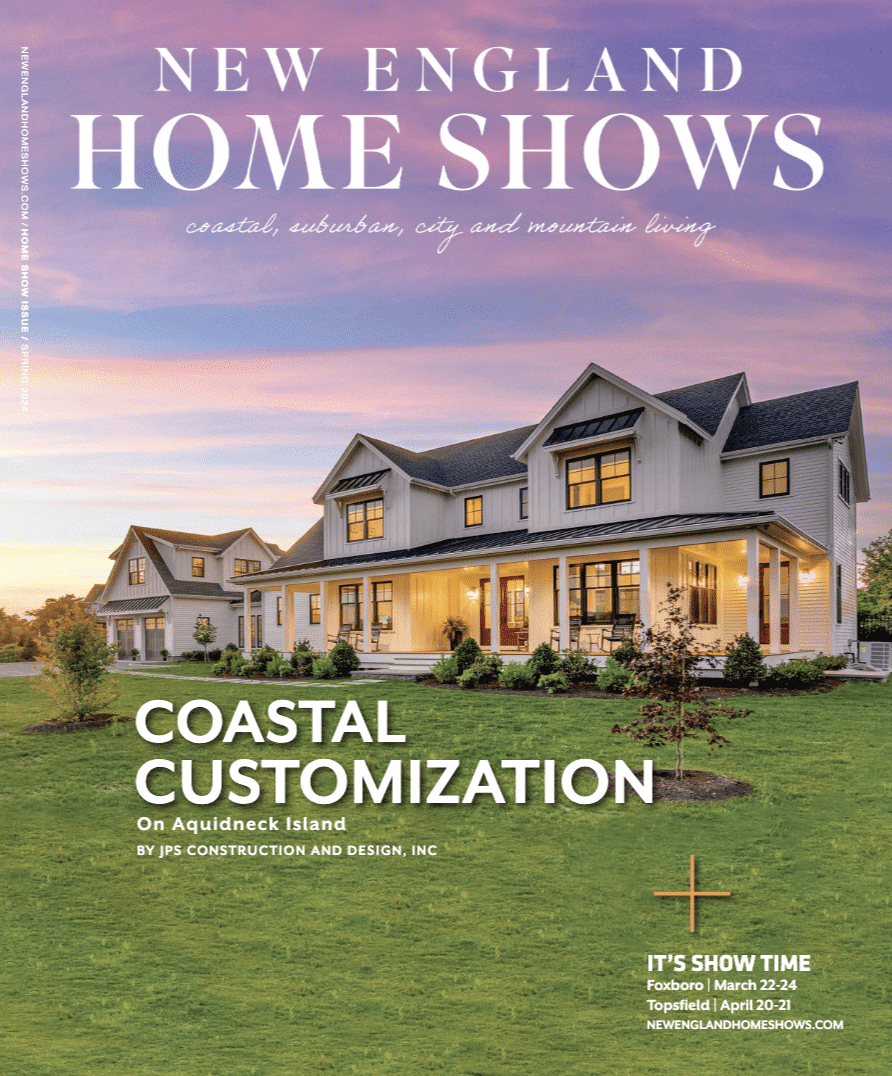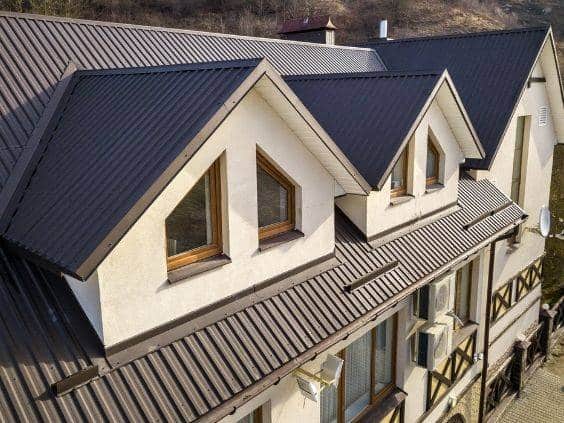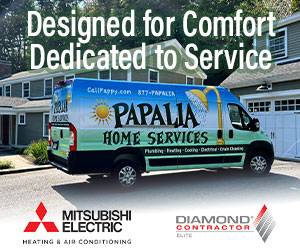A metal roof used to be something you only saw atop industrial buildings and warehouses. Now that a variety of aesthetic choices are available, metal roofs have become much more popular in the residential sector. If you’ve been considering making the switch, keep reading to find out what to know before installing a metal roof.
They Last a Long Time
The material’s long lifespan is at the top of the list of metal roofing advantages, which is why most homeowners opt for it when re-roofing or building new homes. A correctly fitted metal roof might last as long as the house, with a life expectancy of 40 to 70 years and, in many cases, a 30- to 50-year manufacturer’s warranty. Traditional asphalt roofing, on the other hand, normally lasts 12 to 20 years. You can rely on the material’s exceptional resilience to survive the elements, including heavy precipitation and high wind speeds. And thanks to rust-proof coatings, you don’t have to worry about your roof cracking or corroding.
They’re Expensive
A metal roof comes at a considerable price for the significant amount of time it lasts. Per 100 square feet, this material might cost anything from $120 to $900. Though this price range is similar to other premium roofing materials, higher-end metals can cost up to ten times as much as asphalt shingles. Then, not only are the materials expensive, but the labor to install them is also pricier than other forms of roofing due to the particular training, skills, tools, and equipment required, as well as the work to install ventilation for your metal roof.
That isn’t to imply that you won’t make a profit on your original investment as a homeowner. While a traditional asphalt shingle roof may need to be replaced multiple times over the course of your home’s life, a high-quality metal roof may be the only roof you’ll ever need. This is likely the most important thing to know before installing a metal roof.
They’re Green
Because conventional asphalt shingles are made of petroleum, they increase our reliance on fossil fuels. Furthermore, they must be replaced every 15 to 20 years, resulting in nearly 20 billion pounds of old asphalt shingles being shipped to landfills in the United States annually, according to the Environmental Protection Agency. Compared to asphalt shingle roofs, metal roofs offer a lot of advantages in terms of sustainability. You can begin by knowing that they include at least 25 percent recycled content, and the roofs themselves are completely recyclable. Metal roofing is also an excellent choice for individuals who want to implement various eco-friendly projects, such as solar panels and rainwater collecting systems.






















